Independence Palace
The Independence Palace is a symbol of victory, peace and territorial integrity of Vietnam. Thanks to that historical significance, the palace is one of the most attractive attractions that attract a large number of tourists to take Ho Chi Minh City Tours.
The glorious history of the independent palace
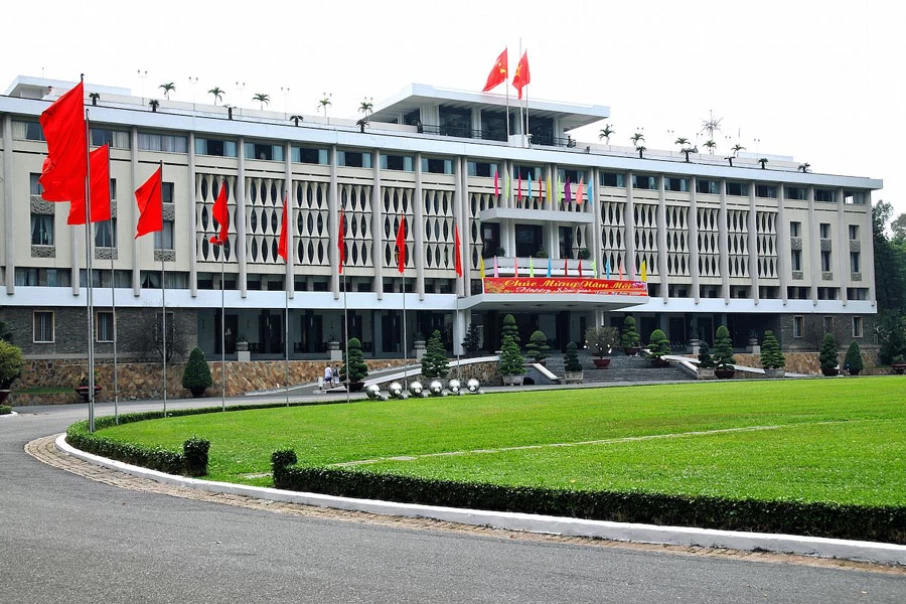
In 1858, French started its invasion of Vietnam by attacking Da Nang, and by 1867, the French had gained control over six provinces in the South (Bien Hoa, Gia Dinh, Dinh Tuong, Vinh Long, An Giang, Ha Tien). In 1868, the French Government chose a location in the center of Saigon (the site of the Independence Palace nowadays) to build a Palace for the Indochina Governor General, which was known as Norodom Palace.
Independence Palace was the base of Vietnamese General Ngo Dinh Diem until his death in 1963. It made its name in global history in 1975. A tank belonging to the North Vietnamese Army crashed through its main gate, ending the Vietnam War. Today, it’s a must-visit for tourists in Ho Chi Minh City. The palace is like a time capsule frozen in 1975.
Unique architecture attracts many visitors
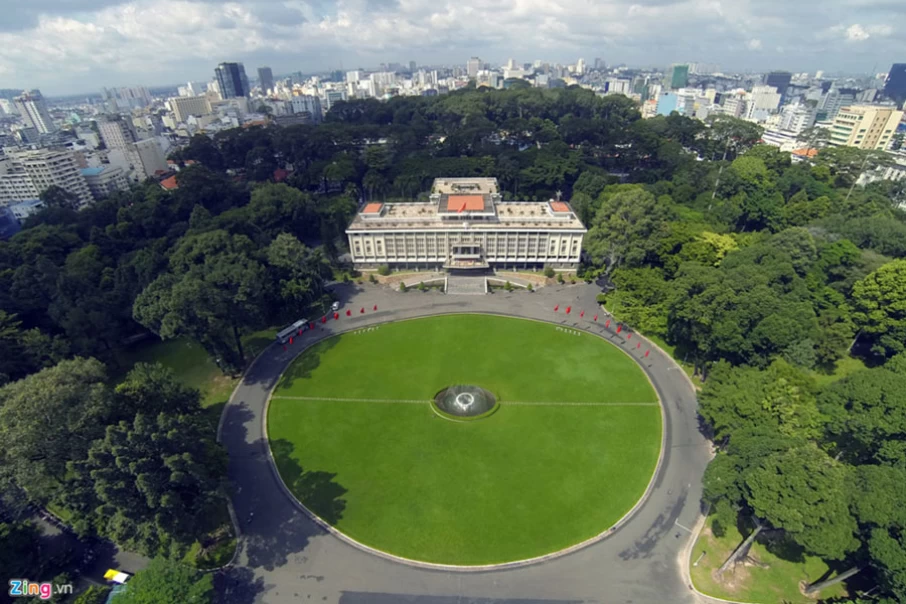
Independence Palace’s architecture is a blend of traditional ritual and modern architecture, typical of the 60s’. However, the design of the complex is not as appealing to tourists as all the historical events related to this building. Wandering around its rooms, visitors may be reminded of various important moments in the past of Vietnam, especially the war command room with its huge maps and old communication equipment, as well as the basement labyrinth. The building now functions as a museum, where visitors can view the F5E fighter plane which bombed the palace on 8th April 1975 and tank 843 which led the final assault through the palace gate at 11.30AM on 30th April 1975.
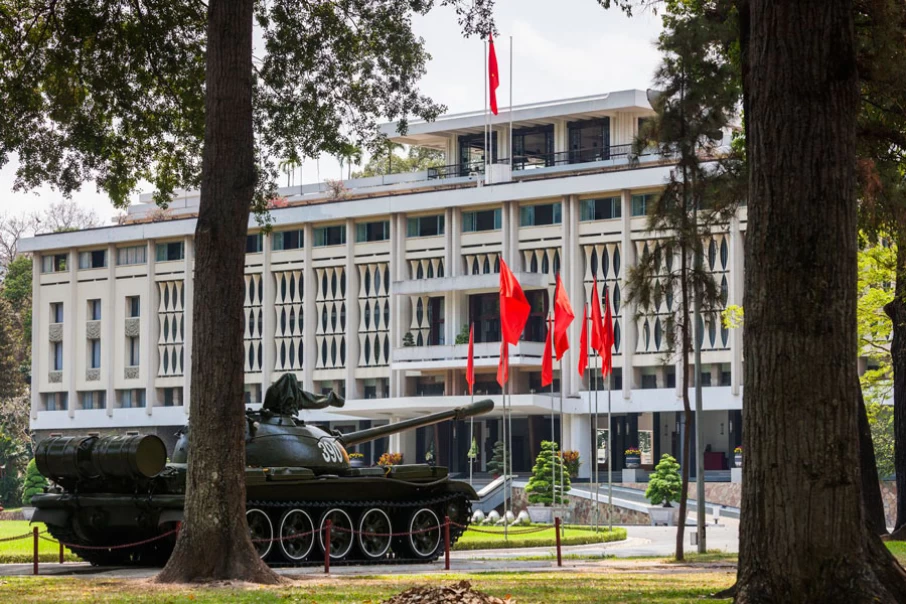
Since its construction, the building has gone through several renovations. Major work was undertaken from 1962 to 1963, which made the President change his office temporarily to Gia Long Palace, which is now the location of Ho Chi Minh City Museum. Much political turbulence led to the come and go of several South Vietnam President, until 1975 when the war officially ended and Vietnam became one country.
The Independence Palace is open all the week from 7.30 AM to 11.30AM and 1.00PM to 5.00 PM. Entrance ticket is VND 20,000 (about $1). Guided tours in English are also available. Getting there is extremely easy by taxi, motorbike or walking, as the palace is so well-known and right in the center.
Above are the sharing of historical places of Independence Palace. However, visitors should join vietnam tours and come here directly to experience the most complete.
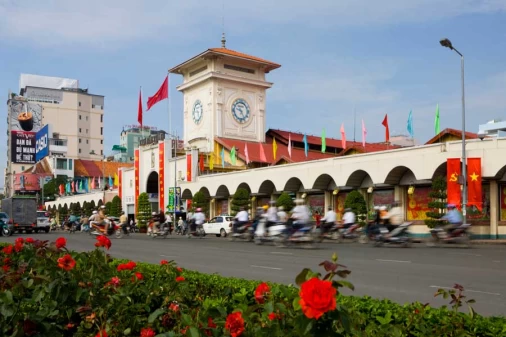
Ben Thanh market
If Dong Xuan Market is a cultural feature of Hanoi, Ben Thanh Market is one of the characteristics of...
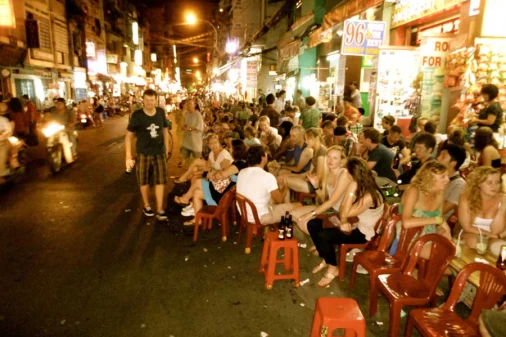
Bui Vien Street
Bui Vien grew out of the post-war stagnation by offering accommodations to those new global travelers...
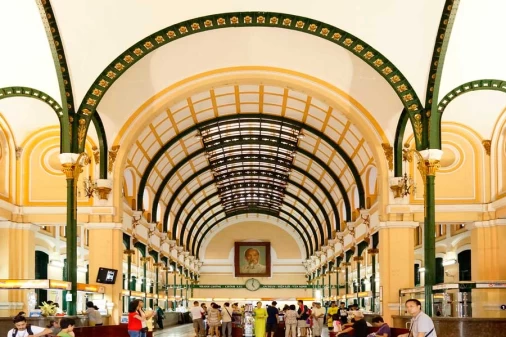
Central Post Office
Situated at No. 2, the Paris Commune Street, District 1, Saigon Central Post Office is one of the most...
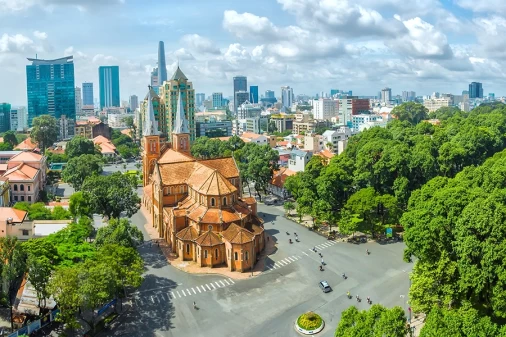
Cholon – China Town
The history of China and Vietnam is very closely linked, the presence of Chinese people in Vietnam has...
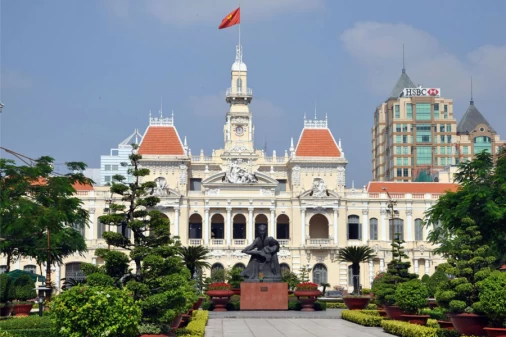
Ho Chi Minh City Hall
City Hall, or Ho Chi Minh City People’s Committee is located on an area of 15 hectares, at 135 Nam Ky...
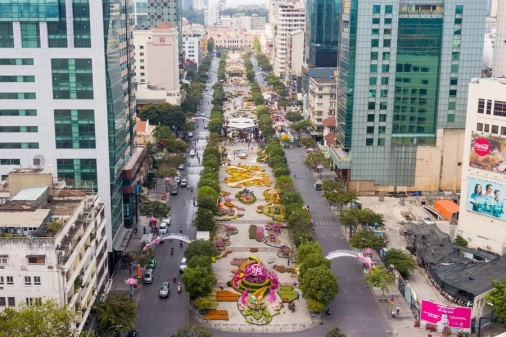
Nguyen Hue Street
Nguyen Hue pedestrian street is located right in the center of District 1, Ho Chi Minh City. This is...
You may also like
Ho Chi Minh Essentials
- Depart Time:Daily
- Starts/Ends:Ho Chi Minh/Ho Chi Minh
- Tour type:Private Tours
- Age range:1 To 90 Years
- Operated in:English, French, Spanish, German, Italian
Discover Vietnam’s Southern 6 Days
- Depart Time:Daily
- Starts/Ends:Ho Chi Minh/Ho Chi Minh
- Tour type:Private Tours
- Age range:1 To 90 Years
- Operated in:English, French, Spanish, German, Italian
Unique Mekong Delta Tour 5 Days
- Depart Time:Daily
- Starts/Ends:Ho Chi Minh/Ho Chi Minh
- Tour type:Private Tours
- Travel Style:Nature & Adventure, Family Tours, Culinary Tours
- Activities:Local culture tours
- Suitable for:Family, Group, Couple
- Operated in:English, French, Spanish, German, Italian
 France
France  Spain
Spain  German
German  Italian
Italian 




 Vietnam Tours
Vietnam Tours  Cambodia Tours
Cambodia Tours  Myanmar tours
Myanmar tours  Thailand Tours
Thailand Tours  Laos Tours
Laos Tours